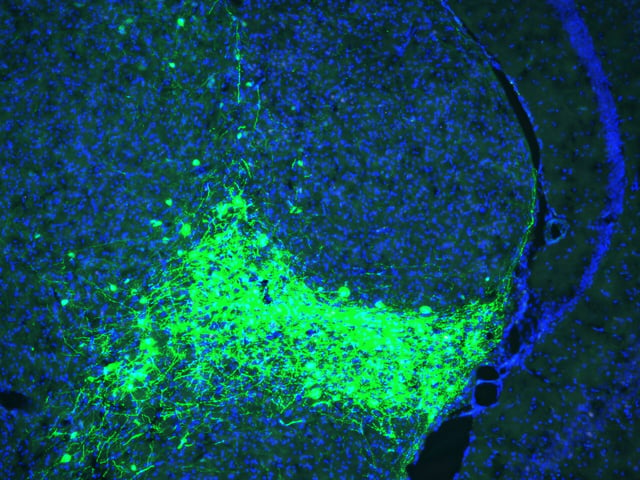Overview
- Researchers mapped a new spinothalamic pathway in mice where CGRP-expressing neurons in the parvocellular subparafascicular thalamus relay pain signals directly to the amygdala, challenging the view of separate sensory and affective circuits.
- Genetic silencing of these thalamic CGRP neurons preserved basic pain detection while abolishing learned fear and avoidance behaviors in mice.
- Optogenetic activation of the same neurons triggered distress and conditioned avoidance even in the absence of painful stimuli, confirming their role in emotional suffering.
- Transcriptomic profiling showed these CGRP-positive neurons express genes linked to migraine and other chronic pain conditions, suggesting a molecular basis for affective pain disorders.
- Building on these results, the team is preparing human translational trials to evaluate whether existing CGRP blockers can specifically reduce the emotional burden of chronic pain and trauma-related disorders.
